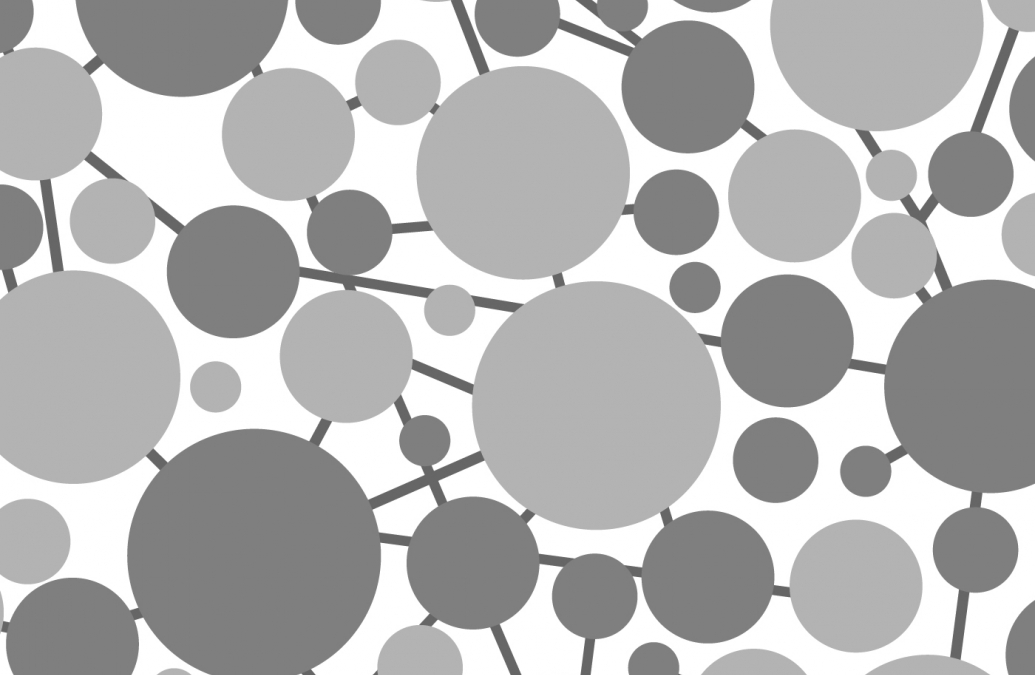Impact or Catalysis?

Macklin Fluehr is a Sophomore Mechanical Engineer interested in product design, architecture, and Rural Design. Mac is a member of the Brown Sailing team and performs rock music on campus.
How do you positively impact society? So far, a good part of my life has been centered on that question.
In high school I immersed myself in a wide variety of projects—I did student council, Model UN, participated in several sports teams, and ran the school newspaper. Looking back, I might say I did them just because they were fun, and that would be a pretty straight answer. However, I think part of the reason I enjoyed these activities was because I could see that I was making an impact around my school through them.
When I got to Brown I began looking for new outlets. I soon discovered design. By my third semester I had jumped onto a design project aimed at developing a new Rainwater Catchment and Storage system in Kerala, India, carried out by Brown Engineering and Rainwater for Humanity. Our first complete test run will take place during the spring of 2015, and we plan to carry the project into the future to see how far we can push our ideas to better serve the community.
However, it occurred to me throughout the Rainwater project that design on its own isn’t worth much if it isn’t somehow amplified to reach many people.
In my fourth semester I enrolled in a course in Social Entrepreneurship, where I began to explore how my designs could be amplified into something bigger. The class presented me with four methodologies to create social impact: for-profit businesses, government, non-profit organizations, and social entrepreneurship (which blurs the lines between the previous three).
These models paint the picture that the only way to make socio-economic change is through an outside organization or top-down strategy from the government. Though these have and do work, I think their success is largely dependent on the interconnectedness of the targeted population and the rest of the planet. My interests are in rural, developing areas with fewer connections with the rest of the world, where these models may not be as effective.
Time and time again, I find the most innovative socioeconomic change spurs from the people within these communities, not the organizations that go in to help. Locals generally know much more about the issue than organizations do and produce the most innovative and resilient ideas, if given the right opportunities and resources. They just need a catalyst.
Which is why I think the whole idea of creating impact is a little contrived. Yes, you can provide money, labor, and resources, and yes, that gives “impact.” Yet, this makes the socioeconomic well being of the people you are working with entirely dependent on you. As soon as you leave and you stop innovating, the benefits go.
I’m not sure how this mindset will look in real life, but at the very least, the mindset of our social impact models need to change. Rather than being the change, these organizations need to catalyze the change by offering ideas and resources to support people invested in and doing the work in their own communities. Without this, I think social benefactors are severely limiting their creativity, sustainability, and potential for impact.
